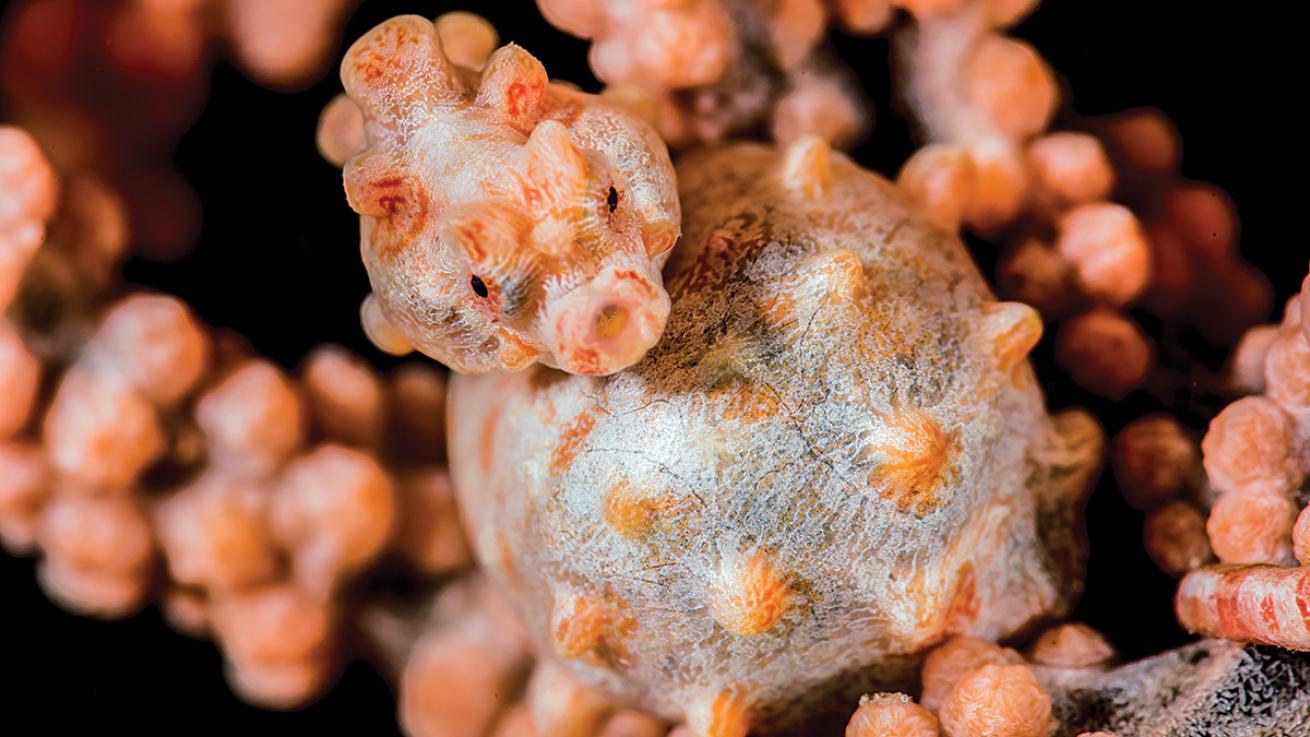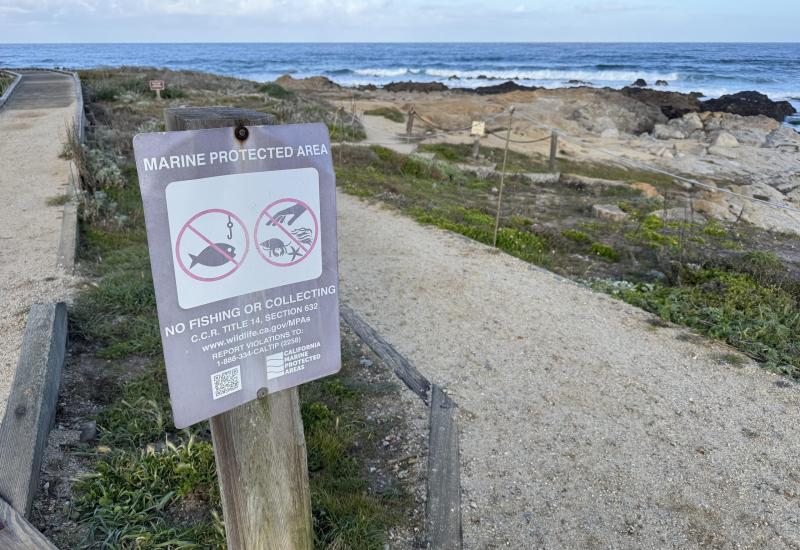Does Flash Photography Harm Small Marine Creatures?

Raffaele LivorneseA pregnant pygmy seahorse. (14th Annual Photo Competition Honorable Mention)
No Photo Issue would be complete without a nod to the implications of our conduct underwater, which sometimes, in the thrill of the chase, can imperil the animals we are shooting. As a result of his Ph.D. studies, photographer and author Dr. Richard Smith created a code of conduct — sharable in seven languages at oceanrealmimages.com — for diving with pygmy seahorses, with principles applicable to shooting many small creatures.
“I spent many hundreds of hours observing natural pygmy seahorse behavior,” Smith explains in the background to the code, “but also the interactions between divers and seahorses. I found that certain actions by divers cause stress that can have major implications for health, reproduction and even survival.”
Pygmies rely on sea fans, which are delicate and slow-growing. “Sadly, when they come into contact with the equipment, camera or bubbles of divers, they can be damaged to such an extent that they are no longer inhabitable. If the sea fan dies, so do the seahorses.”
CODE OF CONDUCT GUIDELINES
- Do not touch or manipulate pygmy seahorses in any way; this can easily damage or even kill them.
- Use white-balanced natural light rather than artificial light for video capture to reduce disturbance from bright lights.
- Do not touch the gorgonian home of the seahorse (it is extremely slow-growing and delicate), and take particular care of camera position and exhalent bubbles.
- No night diving with pygmy seahorses — they sleep at night, and lights disturb them.
- Do not use a torch/flashlight or camera focus light to highlight a pygmy seahorse; this disorients and stresses them.
- Be aware of the surrounding environment and pay close attention to fin positioning so you do not damage other corals.
- Five-photo limit per diver using flash photography; more can stress the animal.










